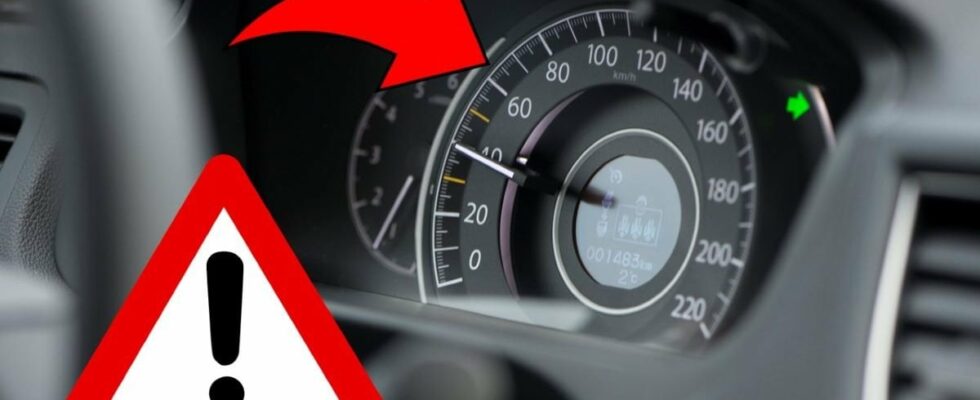Driving over the speed limit can have costly consequences for both wallet and driver’s license, and one would therefore have thought that the speedometer in the car is precisely calibrated.
However, this is not the case, and the speed on the meter can differ quite significantly from the actual speed.
In fact, the speedometer in most cars deviates to some extent, reports Carup.
So the meter may show errors
The fact that the speedometer does not show the correct speed may seem worrisome, but fortunately, according to EU rules, the cars are not allowed to show a lower speed than what they are actually traveling at.
However, there are limit values for how much too high a speed the meter can show.
Below you can see how big the deviation can be at different speeds:
At an actual speed of 40 km/h, the speedometer may show up to 48 km/h.
At an actual speed of 50 km/h, the speedometer may show up to 59 km/h.
At an actual speed of 70 km/h, the speedometer may show up to 81 km/h.
At an actual speed of 90 km/h, the speedometer may show up to 103 km/h.
At an actual speed of 110 km/h, the speedometer may show up to 125 km/h.
Source: Carup/EU/UN
Winter tires can affect the speedometer
In these times, when most Swedish car owners have switched to winter tyres, one should be aware that the speedometer may have been affected.
The signal to the speedometer is based on the number of revolutions that the wheels spin in a certain time, and is therefore affected by the rolling circumference of the tires. To see if the summer and winter tires have the same or different circumference, you can use a tire calculator, which can be found online.
– If you change tires and rims with other dimensions, it may be a good idea to use a calculator. If you do such an intervention, there can often be a risk of the speedometer going wrong and it has to do with the gearing, says Carl-Erik Stjernvall.
The expert also warns that you should take care not to deviate from the tire dimensions that the manufacturer recommends for your car model.
DON’T MISS:
Millions of older diesel cars threatened – could be banned in the EU
Crisis meeting about 2G and 3G – new cars may be banned from driving
So errors show different cars
The Norwegian car owners organization NAF has tested four different car models to investigate how much speedometers in different car models deviate from the actual speed, reports The daily newspaper.
In the test, the speed of the cars was measured with GPS when it read 80 km/h on the meter, and the biggest difference was the Hyundai Ioniq, which in fact only went 75 km/h.
The BMW i3 they tested did 76 km/h when the meter read 80, while the two sibling cars Volkswagen Tiguan and Skoda Kodiaq actually maintained a speed of 77 km/h.
None of the cars thus came close to the EU limit on a deviation of up to around 10 km/h from the current speed.
DON’T MISS:
A-tractor and winter tires – that’s what the law says
New prices for petrol and diesel
